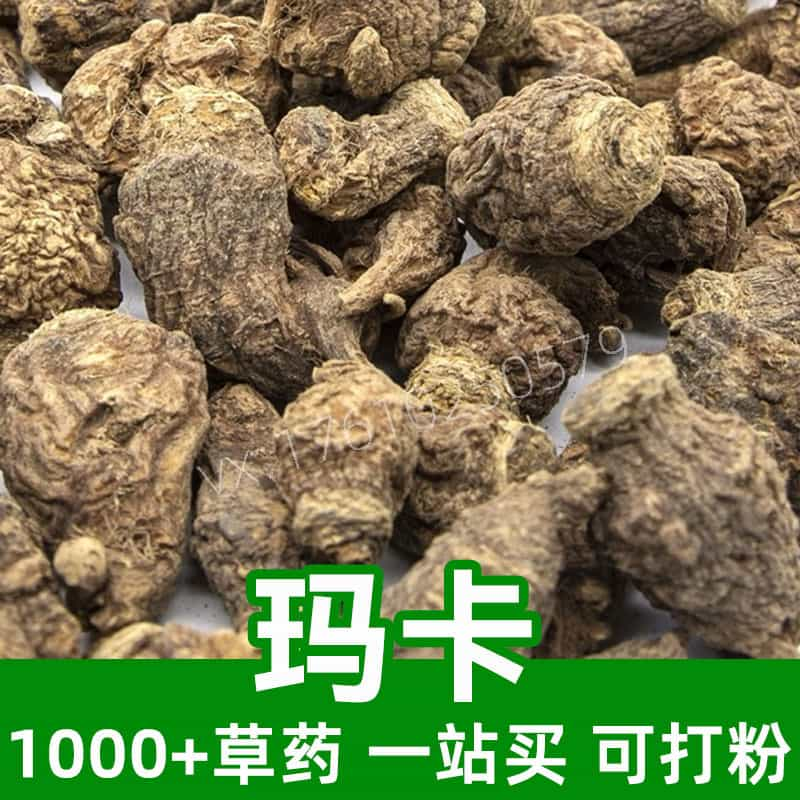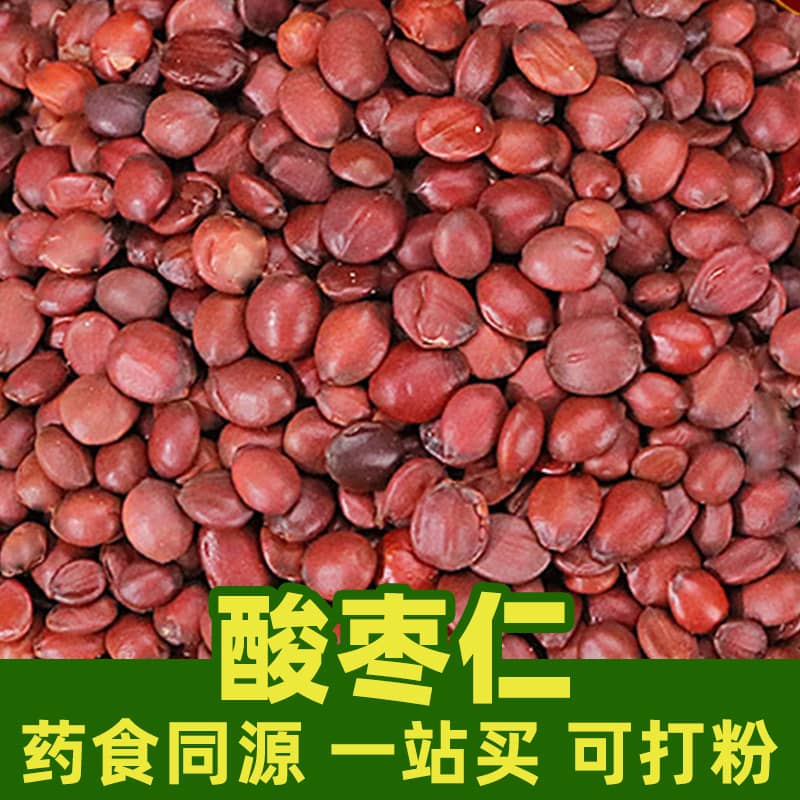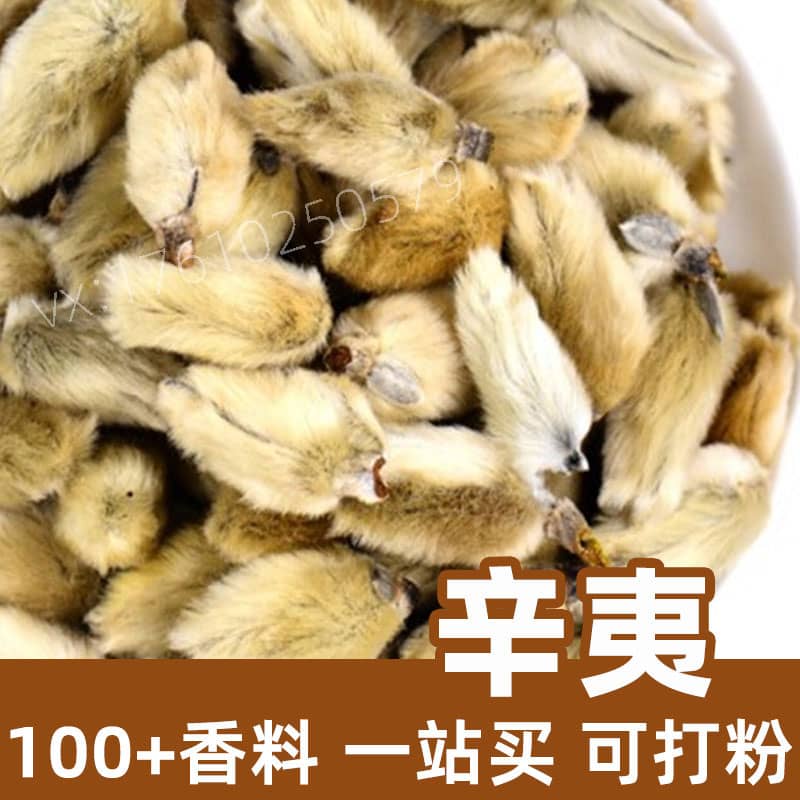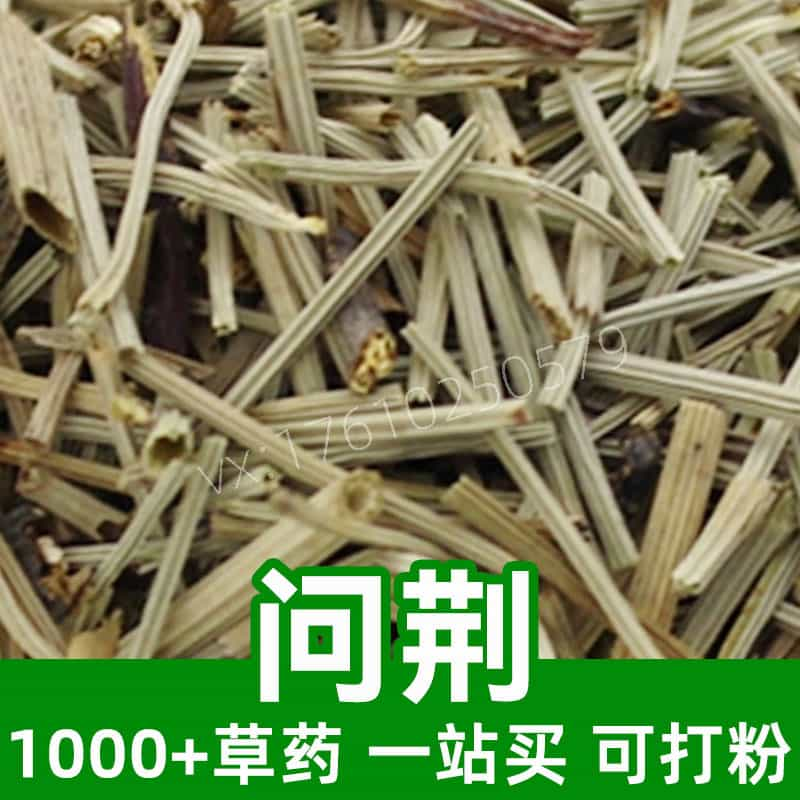Tribulus Product Overview
Tribulus is a perennial herbaceous plant rich in bioactive compounds, including saponins, flavonoids, alkaloids, and polysaccharides. It thrives in temperate and tropical regions and is commonly found in fields, wastelands, and roadsides. In traditional medicine and health supplements, Tribulus is valued for its ability to enhance vitality, promote kidney health, clear heat, diuresis, reduce swelling, and detoxify. It is often utilized to treat conditions like erectile dysfunction, nocturnal emissions, and urinary tract infections. Its seeds and fruits are commonly used in medicinal applications. In folk medicine, Tribulus is also consumed as food and herbal remedies, holding traditional medicinal significance.
Key Active Components of Tribulus
Tribulus is a herbaceous plant known for its diverse chemical components, which contribute to its pharmacological and medicinal properties.
- Saponins: Tribulus is rich in saponin compounds like protodioscin and tribuloside, which exhibit pharmacological effects such as immune enhancement, antioxidation, and anti-inflammatory activity.
- Flavonoids: Contains flavonoids like kaempferol and quercetin with antioxidant, anti-inflammatory, and antimicrobial properties, supporting overall health.
- Alkaloids: Includes alkaloids like harmine, which have neuroregulatory and sedative effects beneficial for calming and sleep improvement.
- Polysaccharides: Contains polysaccharides that modulate the immune system and promote tissue repair, enhancing the body’s resistance to disease.
- Organic Acids: Includes organic acids such as malic and citric acids, which help regulate the body's acid-base balance and aid digestion and nutrient absorption.
These active components collectively give Tribulus its pharmacological activities. It is widely used in traditional medicine and supplements for immune enhancement, antioxidation, anti-inflammatory effects, and nervous system regulation. Proper dosage and usage under medical guidance ensure safety and efficacy.
Tribulus Applications, Usage, and Dosage
Tribulus is a significant herb used in traditional medicine and health foods, with various applications and methods of usage.
Applications in Traditional Medicine:
- Vitality and Kidney Health: Enhances vitality and supports kidney function, commonly used to treat kidney yang deficiency, erectile dysfunction, and premature ejaculation.
- Clearing Heat and Diuresis: Provides relief for urinary infections, gonorrhea, and frequent or urgent urination.
- Swelling Reduction and Detoxification: Used to alleviate swelling and treat inflammation or tumor-related conditions.
- Immune Boosting: Its active components strengthen immunity, preventing colds and flu.
Usage and Dosage:
- Decoction: Boil an appropriate amount of Tribulus in water for 1–2 daily doses, each containing 10–15 grams. Consume warm before or after meals.
- Infusion: Steep Tribulus in hot water for 15–20 minutes and drink. Honey or other herbs can be added for flavor and enhanced effects, such as immune boosting and detoxification.
- Powder Form: Grind Tribulus into a powder and consume an appropriate amount with water to improve absorption and efficacy.
- Topical Application: Mix ground Tribulus powder with ointment and apply to affected areas for swelling reduction and skin inflammation relief.
Precautions:
Follow recommended dosages and consult a healthcare professional for safe and effective use.
Tribulus Botanical Origin, Distribution, and Habitat
Tribulus (*Tribulus terrestris*), also known as caltrop or goathead, is a hardy perennial herb belonging to the Zygophyllaceae family.
Botanical Origin:
Tribulus features low-growing stems, sharp-spined fruits, and yellow flowers. It has a robust root system adapted to arid environments.
Distribution:
Tribulus is widely distributed in temperate and tropical regions, including Europe, Asia, Africa, and Australia. In China, it is found in regions like North China, Central China, and Southwest China, particularly in arid deserts and saline-alkali areas.
Growth Environment:
Thrives in sunny, dry, well-drained locations with minimal soil requirements, growing in barren, saline, and gravelly terrains. It is highly adaptable to harsh environments, including deserts and grasslands.
Tribulus Harvesting, Processing, and Storage
The quality and efficacy of Tribulus depend on proper harvesting, processing, and storage methods.
Harvesting:
Harvest during summer and autumn when fruits are mature. Select robust, pest-free plants, avoiding overripe or damaged specimens.
Processing:
- Cleaning: Remove soil and impurities.
- Drying: Spread in a well-ventilated, shaded area to partially dry.
- Low-Temperature Drying: Use low heat to completely dry the plant, preserving active compounds.
Storage:
- Dryness: Ensure Tribulus is thoroughly dried to prevent mold and spoilage.
- Light Protection: Store in a cool, ventilated place, away from direct sunlight to protect active ingredients.
- Sealing: Use airtight containers to minimize air exposure and prevent moisture absorption.
- Temperature Control: Maintain stable storage temperatures to prevent degradation.
Proper handling ensures Tribulus retains its medicinal value and efficacy, providing optimal therapeutic benefits when used.
Monica Sun is a seasoned expert in the natural raw materials industry, with over a decade of experience specializing in traditional Chinese medicinal herbs, spices, and fungi. She is skilled in the sourcing, processing, and application of these materials, emphasizing sustainability and innovation. Monica Sun has contributed to the development of high-quality natural raw materials that serve as essential components in functional foods, pharmaceuticals, and cosmetics, delivering tailored solutions to meet diverse market needs.
















